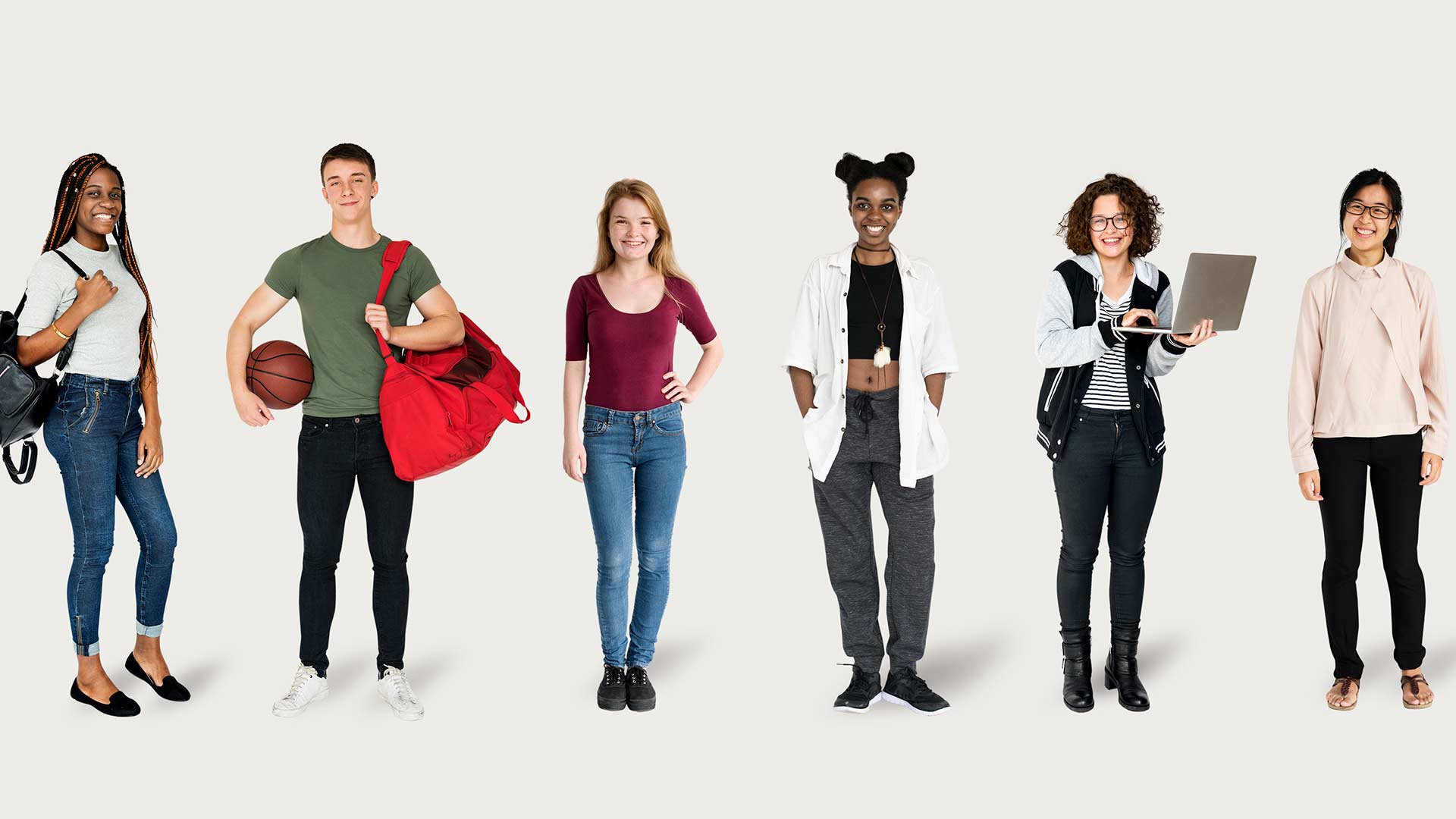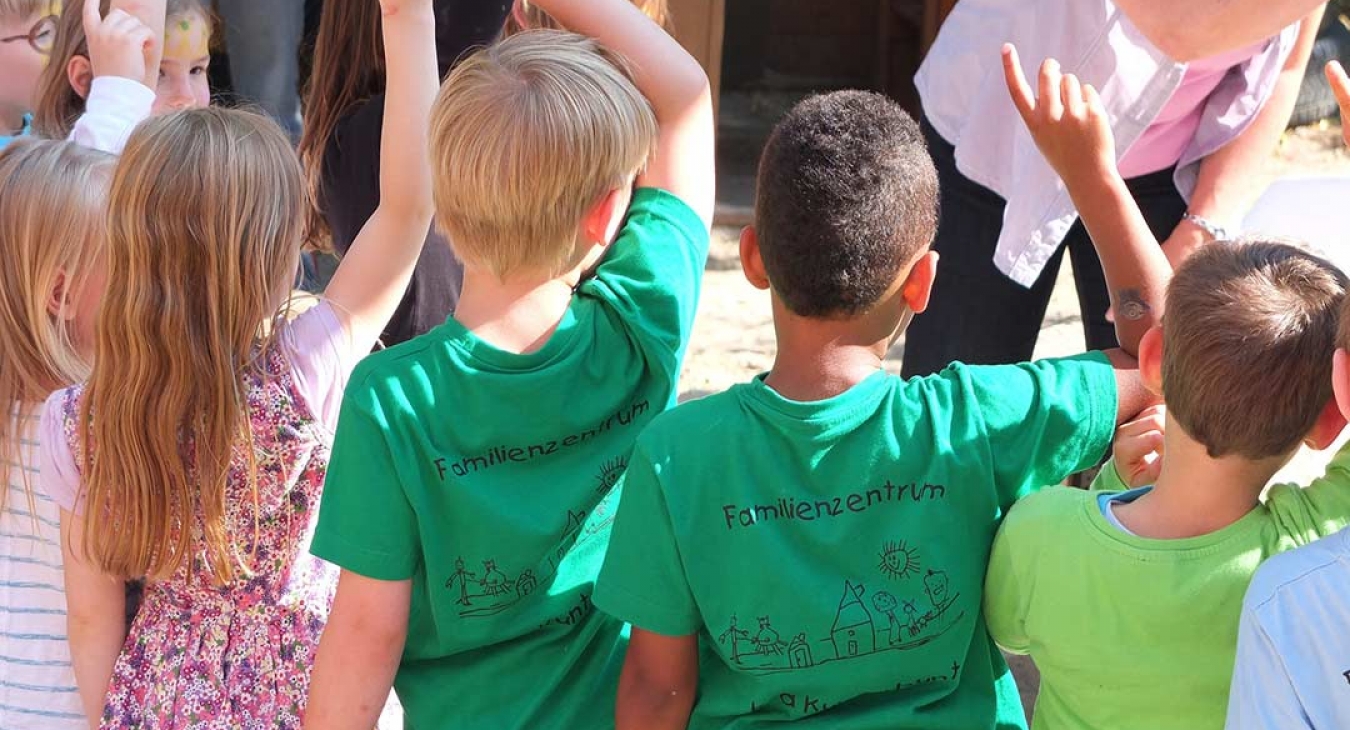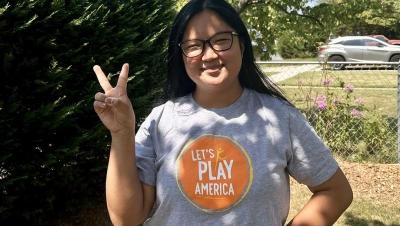How Diverse Classrooms Lead to Productive Workforces
Diversity is an important topic for many of us. Whether it’s learning to work with a new group of people with varying abilities at work or better understanding various cultures to make this world a better place, we recognize just how important it is to appreciate each other’s differences.
But as easy as it is for us to understand diversity and inclusion as adults, we must introduce this conversation to our children at a young age if we want them to have the best chance at thriving in this world, more specifically, the workplace.
So, let’s take a deeper look at how diverse classrooms better prepare kids for their futures in the workforce.
They’re Equipped to Authentically Work With Others
Kids learn a lot about teamwork and collaboration during their school years. From learning to share with others on play equipment in preschool to working on group projects in high school, working with others is a permanent fixture in any classroom.
Productively working with others in the workforce is hugely dependent on being comfortable working with people of all races, ethnicities, backgrounds, and abilities. You’re better able to show empathy for things you’ll never have to experience, support team members through cultural challenges, leverage the diverse perspectives to better products, services, and systems.
So, when kids are immersed in a diverse classroom at an early age, they can genuinely connect with others and appreciate how differences help us work together better.
Also, it’s important to note that with diversity comes differences in opinion and experiences. And it’s crucial to be able to have conversations that lead somewhere positive, especially in the workforce.
They Can Have Solution-Oriented Conversations
A diverse classroom leaves room for many different thoughts, feelings, experiences, and ways of being. The ability to not only appreciate but have hard conversations about those differences is vital in any workforce.
There will be a lot of hard conversations had in a productive workforce. You must be able to listen to others and respond in a way that appreciates what you just heard. And then, if you have a different perspective, present in the most respectful, positive way. A diverse classroom can teach students how to actively listen and converse productively. And that, in turn, encourages them to be solution-oriented versus driven strictly by emotion.
Additionally, a diverse classroom can also help kids create things in the workforce that consider all people.
They Can Go on to Create Things for All People
When you can authentically work with a diverse group of people and have solution-oriented conversations, it can lead to creative processes in the workforce that consider all people.
A diverse classroom helps kids learn about different cultures, races, abilities, and ethnicities. Each possesses its norms, challenges, goals, history, experiences, and so forth. So, when kids enter the workforce, they can bring this knowledge to their roles and create services, products, and inclusive communities.
Now that you’ve learned how diverse classrooms lead to productive workforces, there are some things you can do as a parent or educator to encourage diversity today.
How Parents and Educators Can Encourage Diversity Today
It’s up to parents and educators to encourage diversity as much as possible. You can start by making it easy for your kids to talk to you about things like racism, current cultural events that may be affecting them, what diversity means, and so forth. Take it a step further and advocate for a diverse teacher workforce in your school so that those conversations are even more comfortable for your kids.
Next, you could introduce your kids to TV shows, movies, podcasts, music, and video games with diverse representation. Allowing your kids to watch media with diversity at its forefront will help them see their value in this world. It will also help show them how we can all thrive and coexist peacefully despite our differences or how we can reconcile our differences.
You should also encourage your kids to immerse themselves in literature that is inclusive and diverse. For example, show them comic books with superhero diversity like Wonder Woman, Black Panther, or superheroes living with a disability like Professor X. It may inspire them to use their differences for good in this world.
Educators can also encourage diversity by creating curricula that appreciate diversity, implementing different teaching styles, and creating a safe space for self-expression. Ultimately, diverse classrooms lead to productive workforces because they inspire appreciation for the differences people possess rather than criticism of them.





